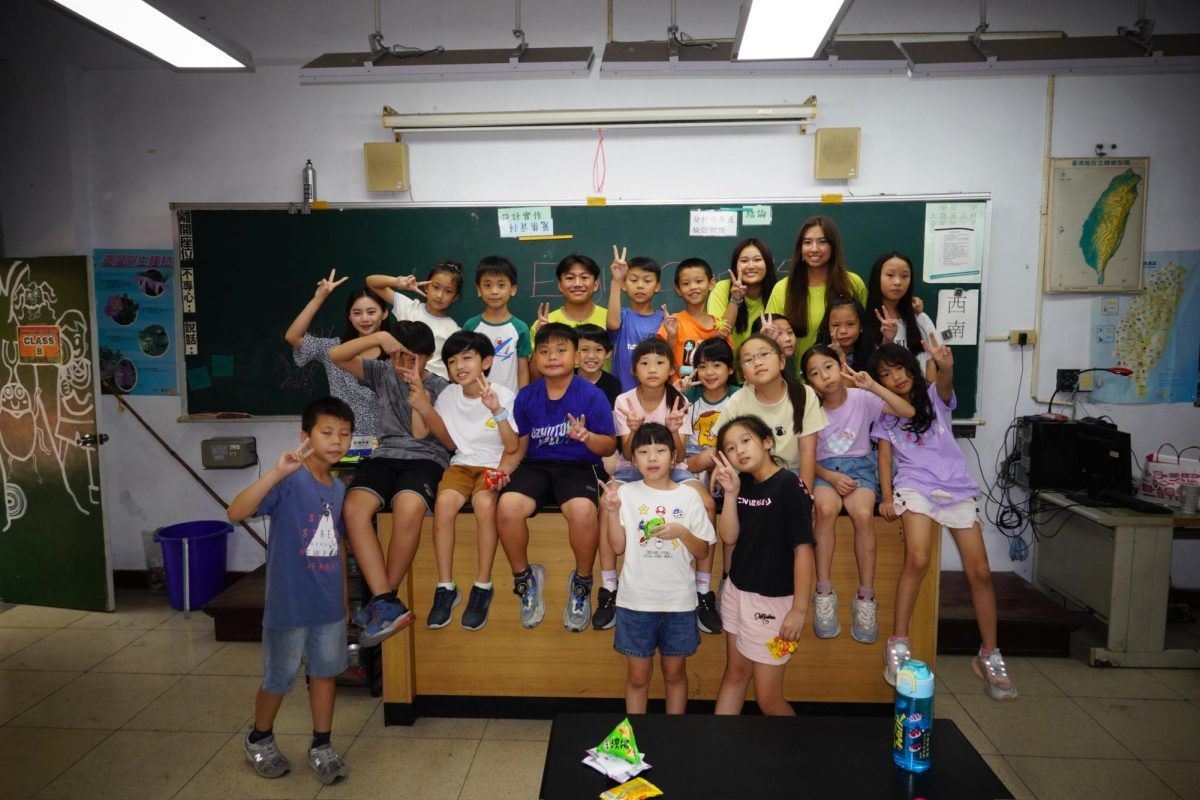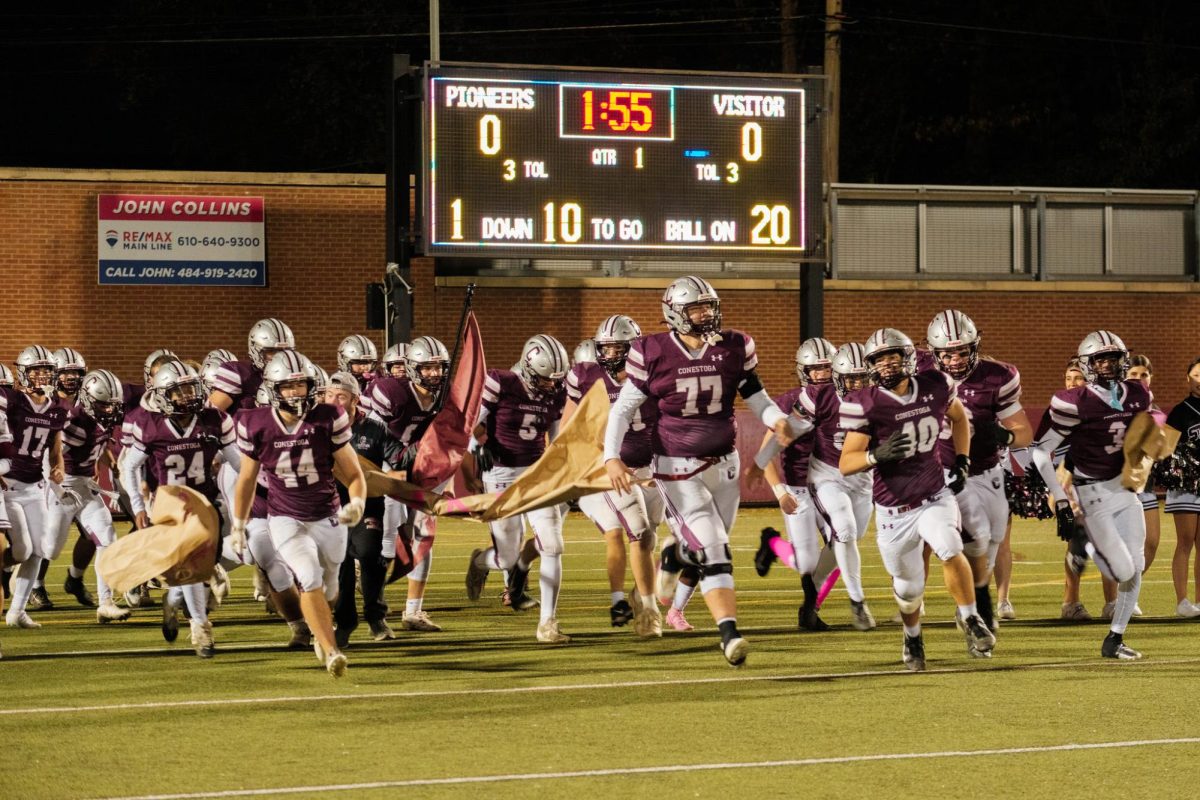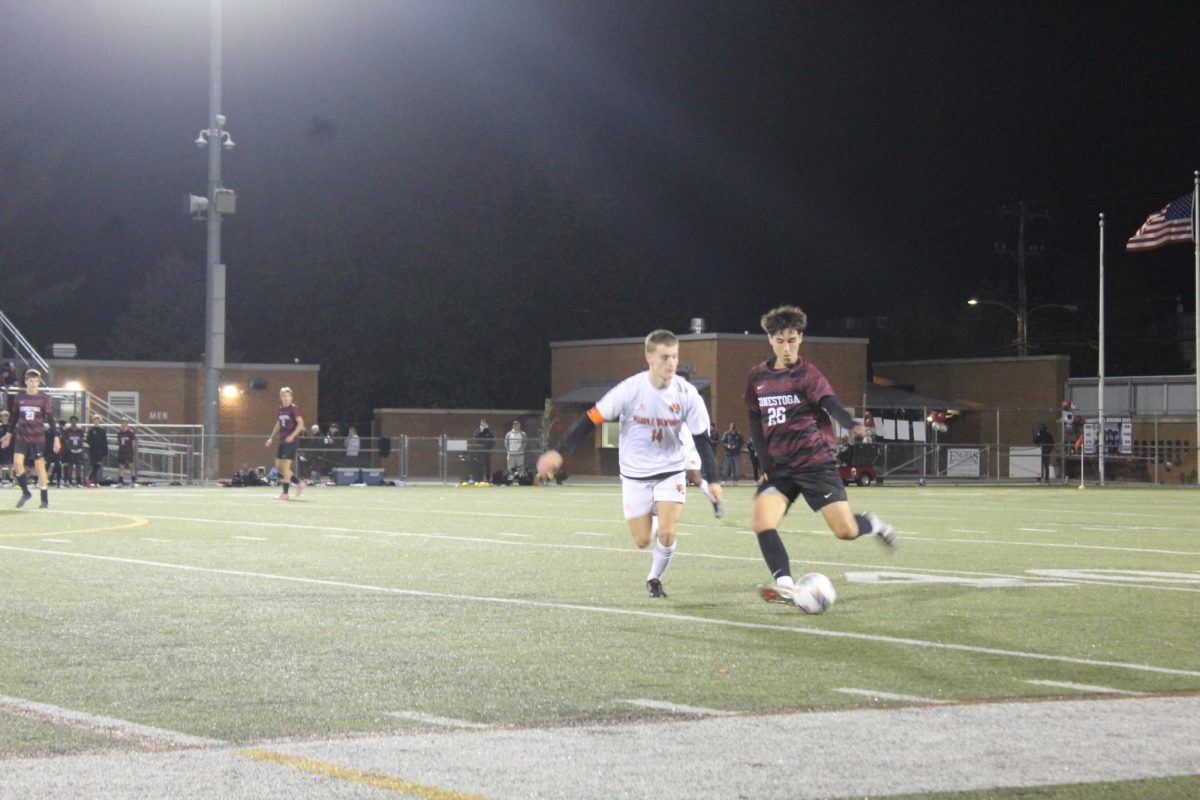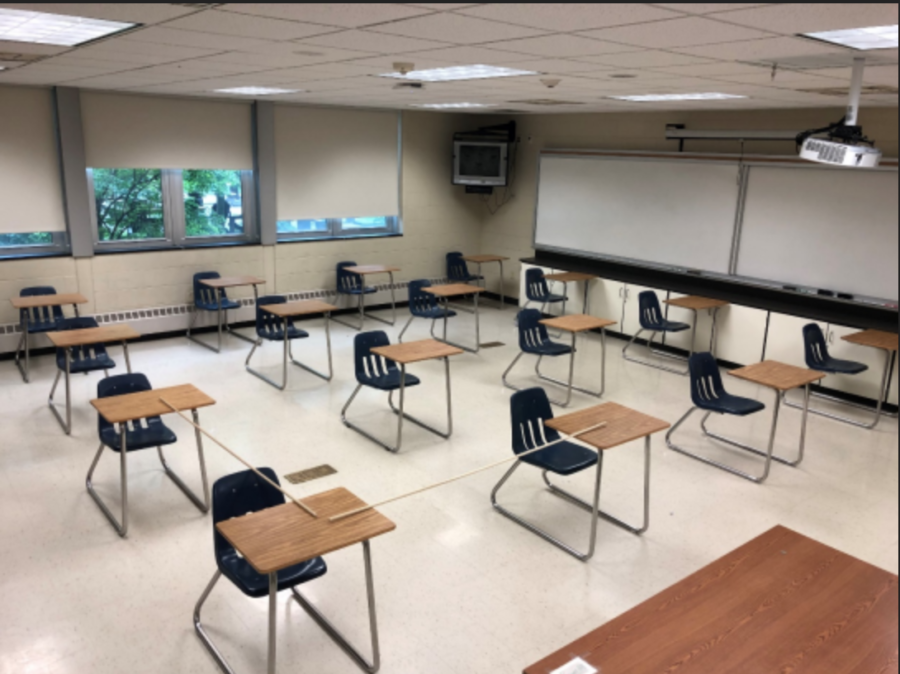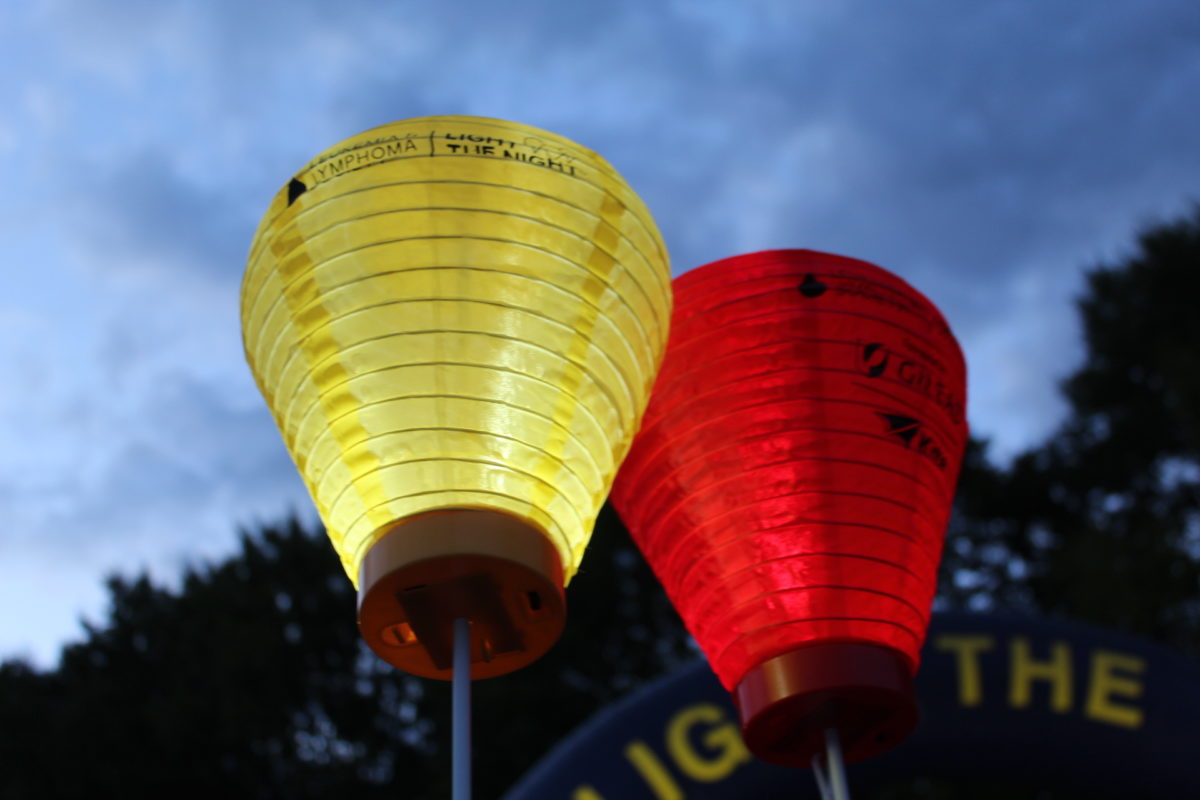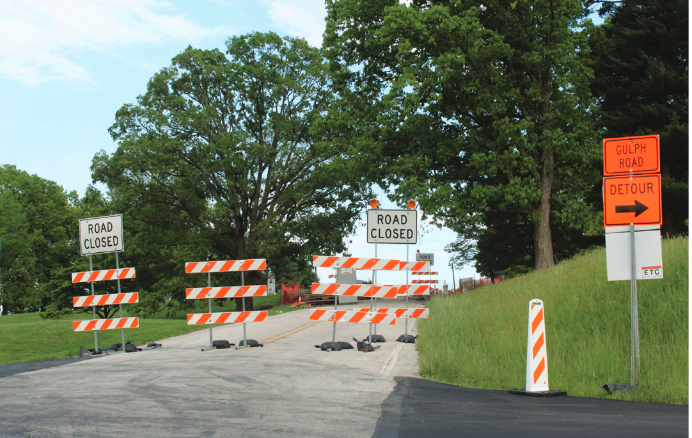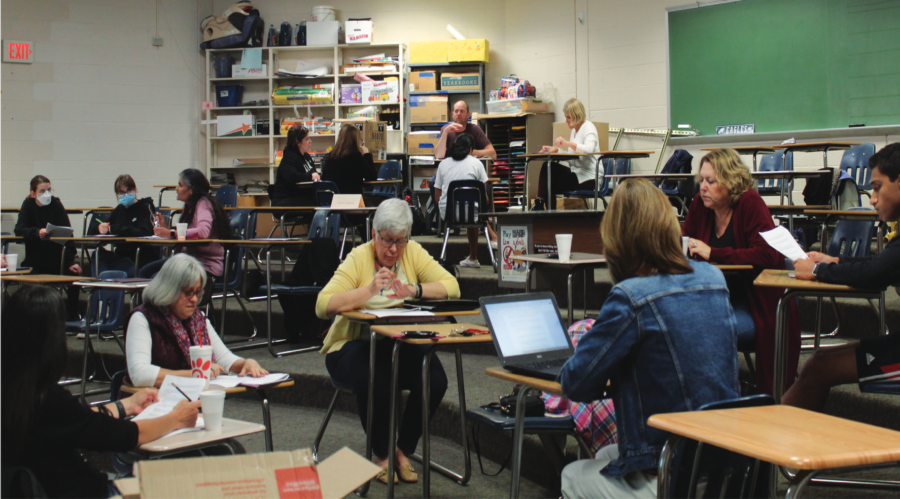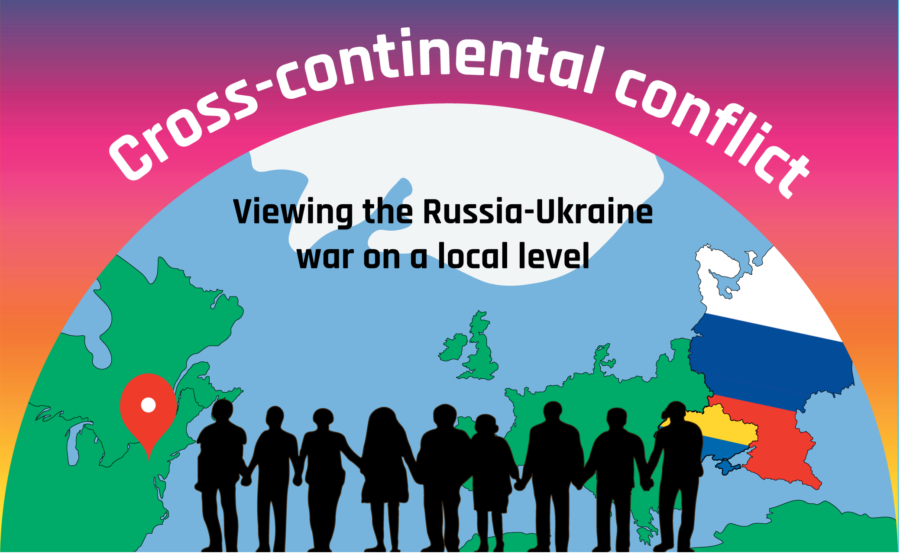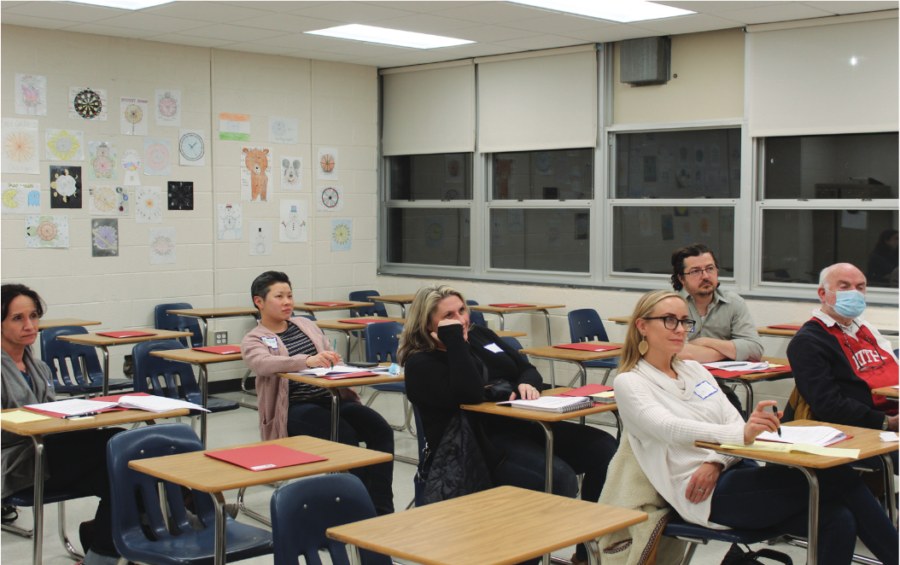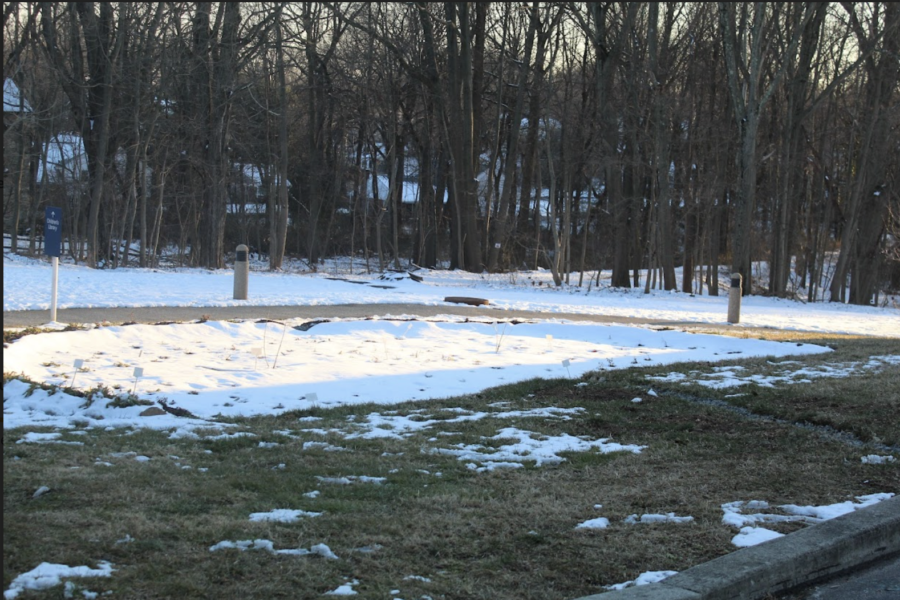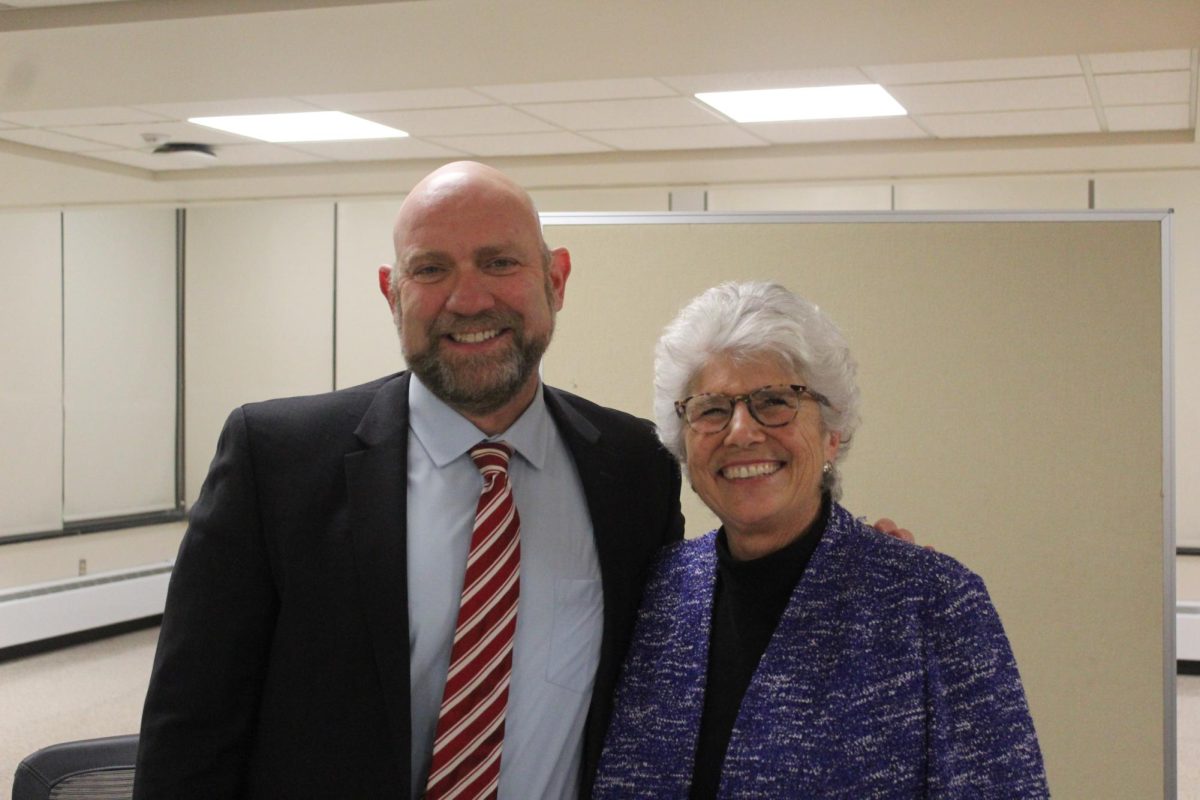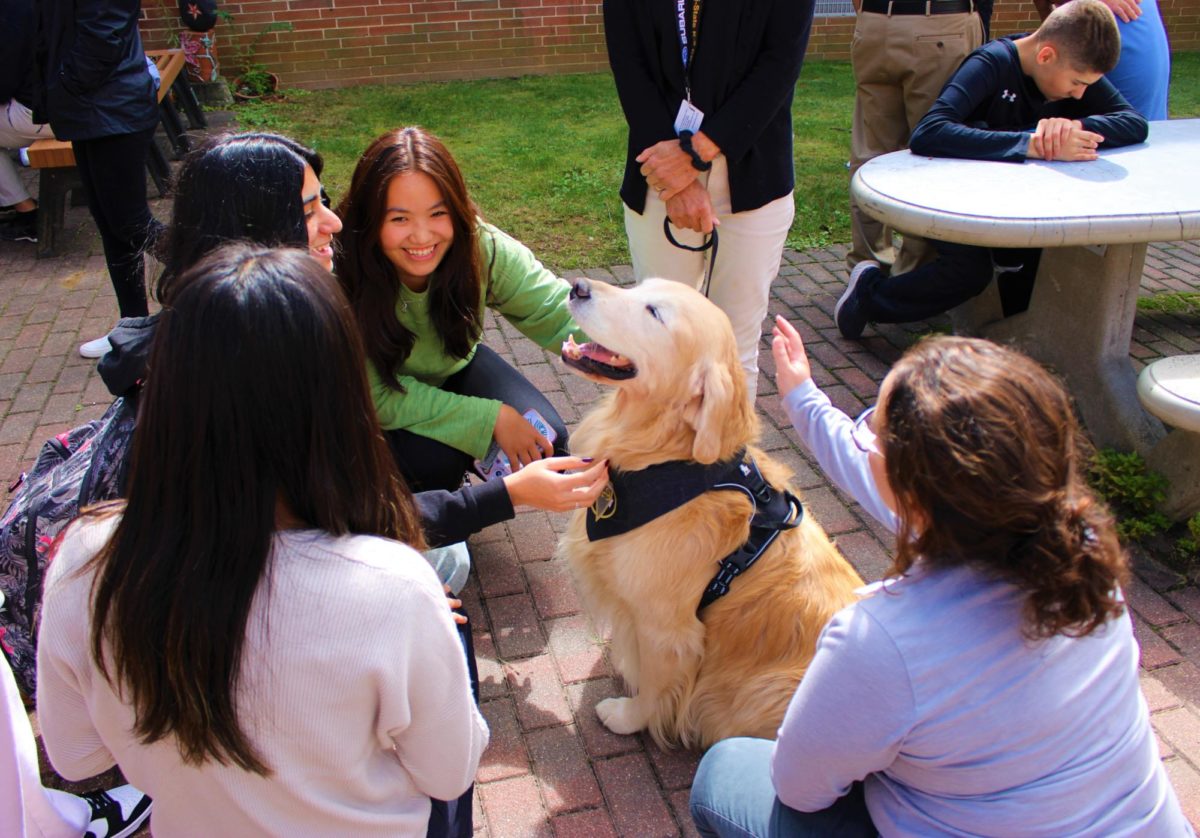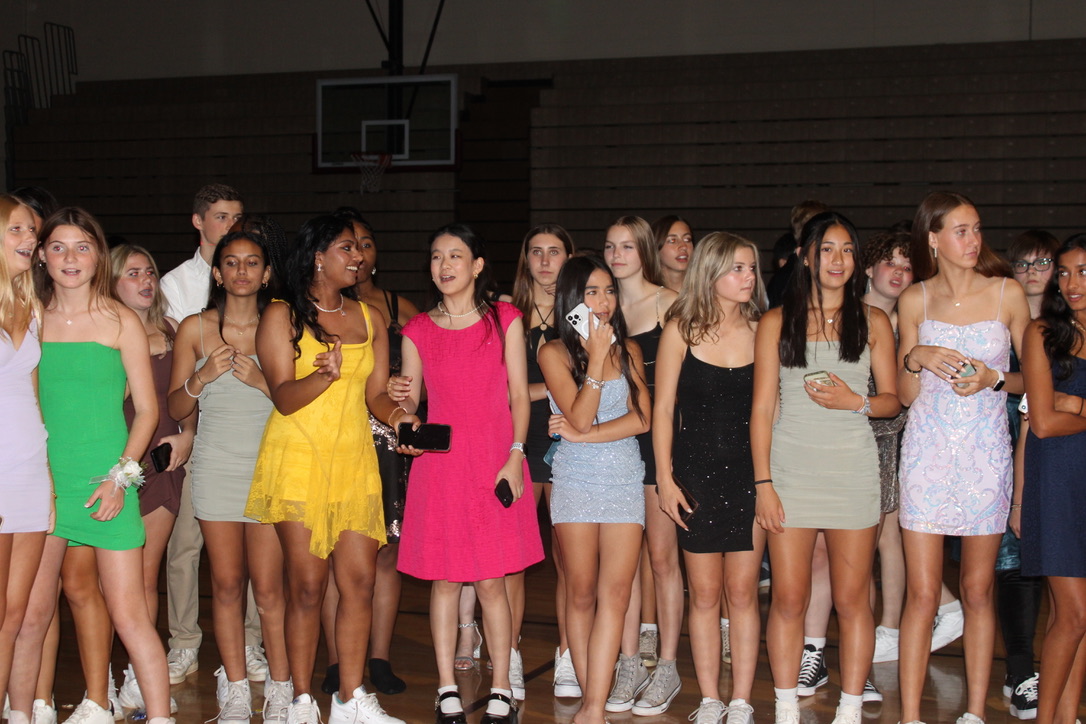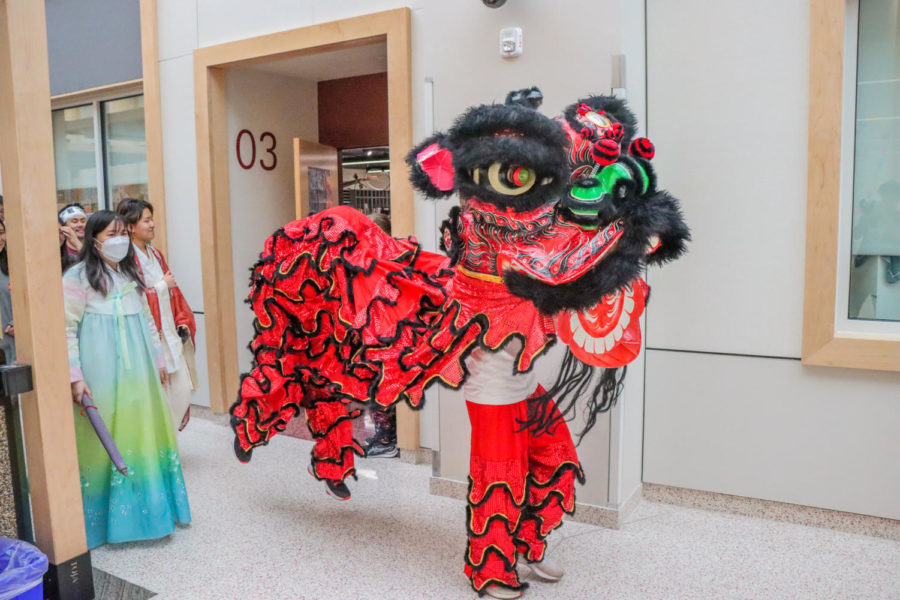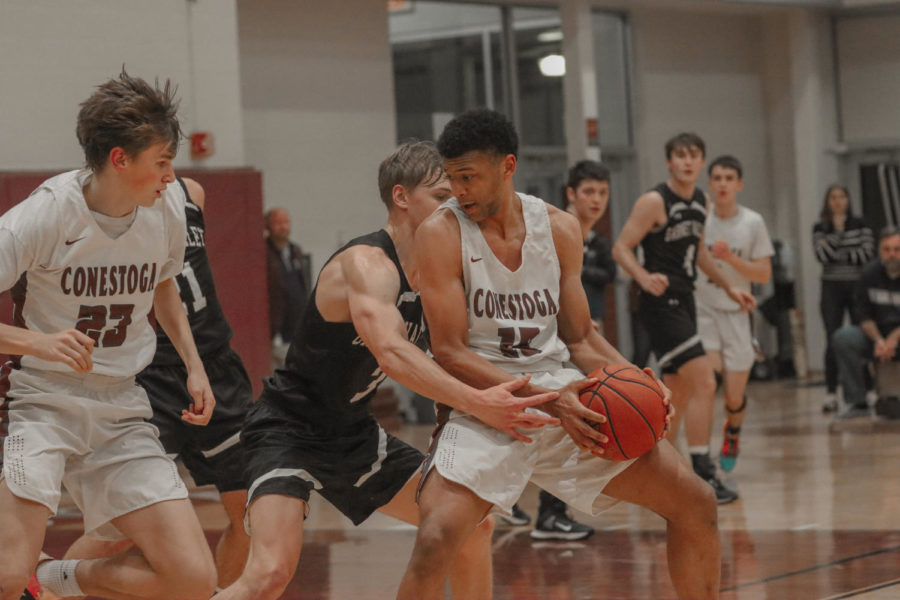By Johanna Duda, Staff Reporter
Recently, the Tredyffrin-Easttown school district has released their plans for the upcoming school year. This article is a simpler version of a very extensively detailed PowerPoint released by the district.
When the summer comes to an end and we return to school in the fall, the type of instruction we will experience will be based on PA’s current “phase.” The three different phases that could occur are Red (only businesses that “sustain life” are allowed to open and residents should only leave home for essential trips), Yellow (most businesses are allowed to open and there are limits on social gatherings), and Green (Gov. Tom Wolf’s reopening plan’s least restrictive phase). During the “PA Red Phase,” there will be no in-person learning, so instruction must be provided via remote learning; provisions for student services like school meal programs will carry on. Contrarily, if the “PA Yellow/Green Phase” takes place, in-person instruction may be provided, but only after a Written Health and Safety Plan is approved by a local governing body. During this phase, families have a choice between a completely virtual model, and one with a combination of virtual and in-school learning. The decision your family makes should be submitted on an electronic form by August 12; that can be changed until September 11, but this may result in a schedule change. However, there is a period between August 31 (the first day of school) and September 21 in which a non-negotiable completely virtual learning model will take place.
Believe it or not, there are similarities present among the more prominent differences between these two phases. The schedules will be for the most part the same. This is because the students who choose the “all-virtual model” will be learning at the same time as those who chose to be physically present in school; this will most likely be provided by a live Microsoft Teams session fed by a webcam set up in the classroom. But that’s not to say that the schedule won’t be different from past years. A new scheduling trait that will be present in the upcoming year is what’s called “block scheduling.” In prior years, students were present in eight 45-minute periods a day, but this year, there will be four “blocks” in a day, each running for 85-minutes. The eight periods that students will attend are now completed over two days with one course scheduled per block per day. This permits time for a wider range of teaching strategies to occur in one period; when students are physically in school, there are reduced transitions, therefore less crowding in the hallways. The other scheduling change is the new in-school rotation. This entails that students with the last names of A-K will be present for their 2-day block schedule on Monday and Tuesday, and on Thursday and Friday, L-Z names will be present. On Wednesdays, everyone will be receiving virtual instruction. This way, your eight periods can be completed on back-to-back days, twice a week. The other similarity between these two options is the fact that support services will carry on and will be provided virtually, no matter the phase.
There was more information on how the “phases” will look than what I stated before, so here is a more in-depth description of those possibilities. Regarding the “Red Phase,” the schools will be completely closed to students. This means all of them will be participating virtually, with a blend of synchronous, or live, instruction (the primary learning strategy to be implemented) and asynchronous instructional activities (learning that isn’t broadcasted as a live video). During this phase, graded assignments and assessments will still be distributed, and the TESD curriculum will be delivered by TESD teachers. Although things like homework, worksheets, and exams will be present, there will be no midterms or finals. This is the same for the other phase possibility.
Now, moving on to the “PA Yellow/Green Phase.” Once the state moves to this phase, the decision your family made regarding how present you will physically be in the school will be implemented. During the first option, the choice that entails instruction provided virtually and face-to-face, students can be present in school for 1 (Yellow) to 2 (Green) times a week. If you choose this option, you should expect more individual work, limited movement around the classroom, and a webcam set up in the room so that the teacher can work with you and the students at home at the same time. Bus transportation will be available, but it is encouraged for parents to drive their kids (without using carpool). And finally, students will order their lunch (if they don’t choose to bring it) in the morning, and it will be delivered to various assigned areas throughout the building, most frequently their classrooms, where they will eat. The second, or, completely virtual option, is available to all students who don’t wish to be present in schools for any reason. You should expect primarily live instruction for your classes (excluding electives) broadcasted virtually, but also some asynchronous instructional activities.
As for things that won’t be occurring throughout the distanced learning school year, district-sponsored field trips, in-person staff conferences, faculty rentals, school dances, or in-person assemblies. The district is monitoring guidance from the PIAA and staying in close communication with other members of the Central Athletic League to see what will be happening regarding athletics. The district is also monitoring emerging research and guidance from professional organizations regarding performing ensembles. In-person and virtual solutions are being considered for those of you who wish to participate in music ensembles. And as for extra-curricular clubs, if it can run virtually or in accordance with in-person health and safety guidelines, it will have the option to continue.
Having less people in the school won’t be enough, so here are some other things the High School is doing to ensure the safety of its students and staff. There are hand sanitizing stations posted in areas with no sinks. The school provides face coverings for those in need (but students are encouraged to bring at least 2 reusable ones every day) and cleans frequently touched surfaces at least once a day. The classrooms are set up in a way in which all the desks are 6 feet apart and facing the same direction. In various areas throughout the school, physical barriers such as plexiglass are set up to prevent mucus droplets from reaching other people. The students and staff are encouraged to clean or disinfect their hands when entering the school, before and after eating, before and after touching shared equipment, and throughout the day as needed. Last but not least, people are required to stay home if they have tested positive or have been in close contact with someone who has tested positive, been told to self-isolate, traveled to any of the states on PA’s restricted list within the last 14 days, or if they have any COVID-like symptoms.
As I’ve said before, all students will participate completely virtually from August 31 to September 21 (we will begin this phase regardless of PA’s Red, Yellow, or Green status). Then, if they’ve chosen the blended option, they will transition to that combination of in-person and virtual instruction. This is referred to as a “phased reopening,” and it’s basically how the distanced school year will look. It gives students and staff time to transition to the virtual synchronous model and it provides time after potential summer travel for safety benefits.
The district is advising the community to be flexible, as we are all navigating this unprecedented landscape together. This plan isn’t perfect, but hopefully, it gave you some assurance as to what the future will entail, and some confidence to grasp onto during these scary and unpredictable times in which we are living.
Johanna Duda can be reached at [email protected]









